There are all these articles that were written when I was doing the Dynamic Range Magazine, and it seems like such a waste that they were written and will never be seen again. I thought it might be nice to show them here, maybe one a week, see how we go. I thought I would start with one of mine. It was the first article I wrote for the magazine on macro photography.
Macro Photography from the Beginning
The first macro lens I used was loaned to me and I thought, ‘I’ve been doing photography for years, I know how to use this’. I was so wrong. Macro has probably been one of the hardest types of photography for me to learn. In this article I thought I would share with you what I have learned while trying to master macro photography.
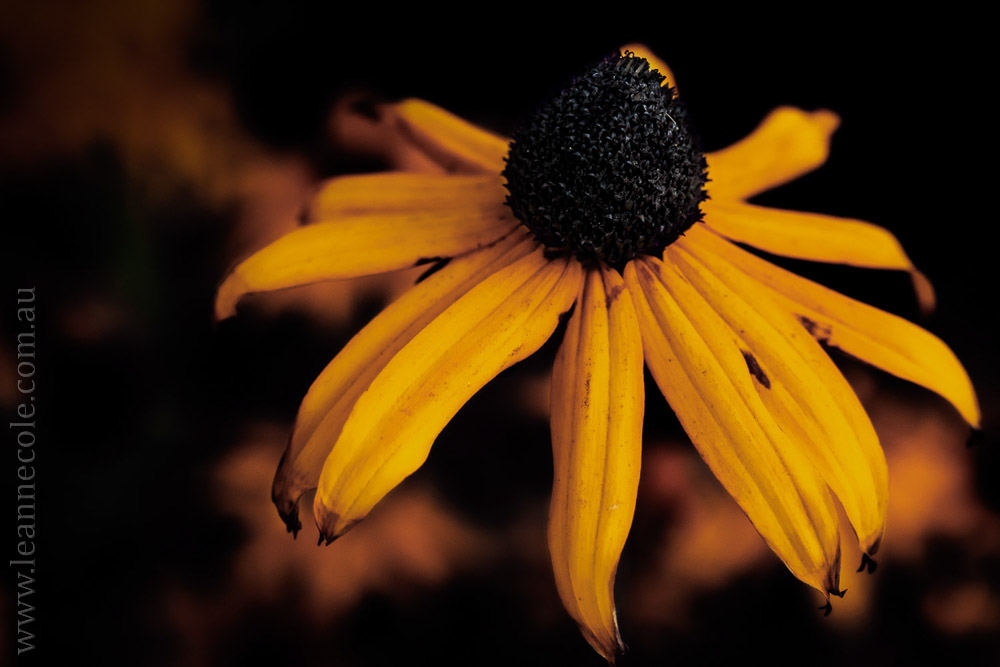
Making it Complicated
In some places you will read about how some photographers do their macros and you might think, ‘I’m never going to be able to do that,’ or ‘I’ll never be able to afford to that kind of photography.’ They talk about specific ring flash units for it, rails for tripods, geared tripod heads and how they process the images.
Professional photographers don’t only take one photo, they take a series of them. They change where the focus is for each image. Then on the computer they stake the photos so that it appears like the whole flower is in focus. You are only going to be able to achieve that if you buy macro rails and learn how to stack your images.
It is all very complicated and you may go down that road if you really love to do macro photography, but it doesn’t have to be like that. It can be simple and easy if you just want to do it for fun.

Depth of Field
Macro photography is very different to other types as the depth of field works in a way you wouldn’t expect. Depth of field (DOF) is how much the image is in focus; the depth of it. Normally if you were doing a close up of an object you would make your aperture wide. This is what controls your DOF and allows you to focus on just a small area of the image. It is also how you get that bokeh effect. However, you soon learn with macro that if you do this you will get almost nothing in focus.
Imagine you are photographing a flower and you are right up to it. If you put your aperture onto something like f3.5 then you will only get an edge of the flower in focus. This is a very common mistake made by many when they first start. Instead, if you want more of the flower to be in focus, you need to close down your aperture to at most f16. This will give you more in focus and create a better image.
Even when you close your aperture down it is unlikely you will get the whole flower in focus. If you have the flower very close to your lens then your DOF will be very shallow and you will have to decide what part of the flower you want to focus on.

Taking Macro Shots Indoors
An indoor environment gives you a lot more control over the lighting and the settings on your camera. The ability to work on a tripod and the knowledge that your subject isn’t going to move are the perfect conditions for taking photos.
Anyone can set up a small still life studio at home. All you need is some good natural light coming from a window, a reflector, and a backdrop. The beauty of it is that you don’t need a lot of space, just a small table to put your subject on. For the sake of this article let’s say you are going to photograph a flower. The backdrop could be a piece of cardboard or some fabric, but make sure it isn’t too distracting, muted tones with no pattern usually works best.
Don’t use direct sunlight, it will give you bright spots and harsh shadows. Use a window with the best light that isn’t direct and on the opposite side of your subject put a piece of white cardboard or material. This is your reflector and it will bounce some light into your shadows so they won’t be too dark.
Now it is time to put your camera on your tripod and compose your image. As the camera is up on the tripod it means you can use a low ISO and your choice of aperture, whichever one you think will work best for the flower. It won’t matter how long it takes to take the image because nothing is going to move.
Before you start, if your lens has any image stabilization or vibration reduction make sure it is turned off or you will get blurry images.
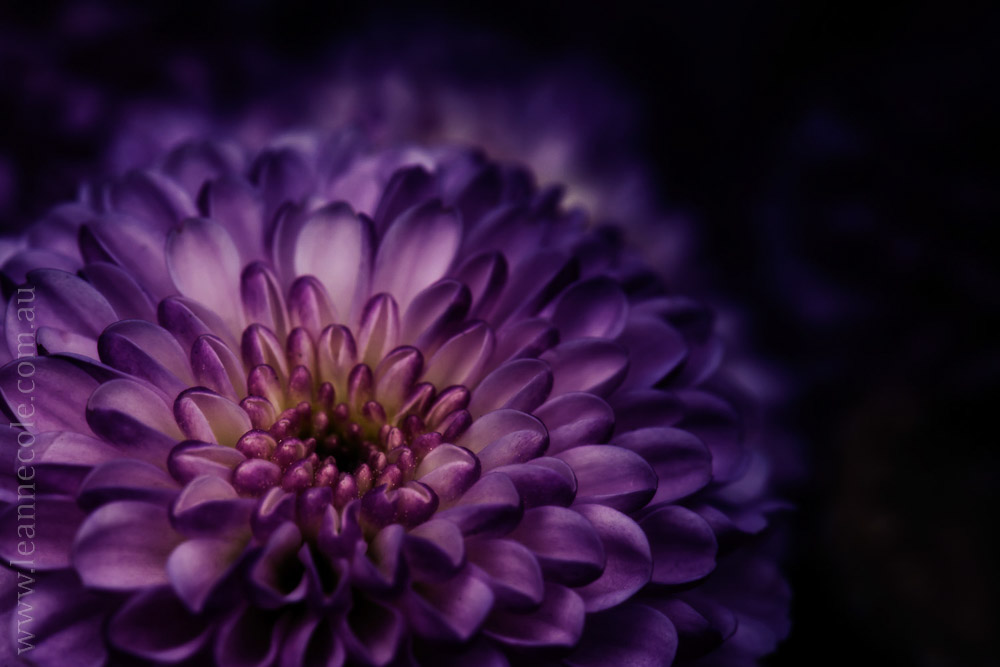
Out in the Field
There are many of you who just want to take photos when you are outside. Taking photos of subjects in situ is a common thing. It is a lot harder to do and takes a bit more skill. You also need to be prepared for the conditions you will come across outside.
When you are taking photos in the field your worst enemy is the wind. There is nothing you can do if the wind is blowing, whatever you want to photograph will be moving around too much. Speaking from experience, there really is nothing you can do.
You have a couple of options when you are taking photos, you can hand hold the camera or use a tripod. The tripod means, like with doing macro photography indoors, that you can use the ISO you want with the aperture you choose, though you don’t have the luxury of knowing that your subject will be perfectly still.

If you choose to hand hold your camera, you still have to use a small aperture. This means that you are stopping how much light is entering your camera and therefore your shutter speed is going to slow down. You are going to have to put your ISO up and that means you will be introducing noise into your image. Whether or not it’s worth that is up to you.
There are many ways of taking your macro photos and people do them in a multitude of different ways. You can do them simply by just taking your camera with the macro lens attached and see what you get, which is the way I normally work. You can take your tripod and set up the shots a lot more, though this will take you a lot longer. You can also pick what you want to take photos of, set up your mini studio and do all your photography indoors. The choice, really, is yours.










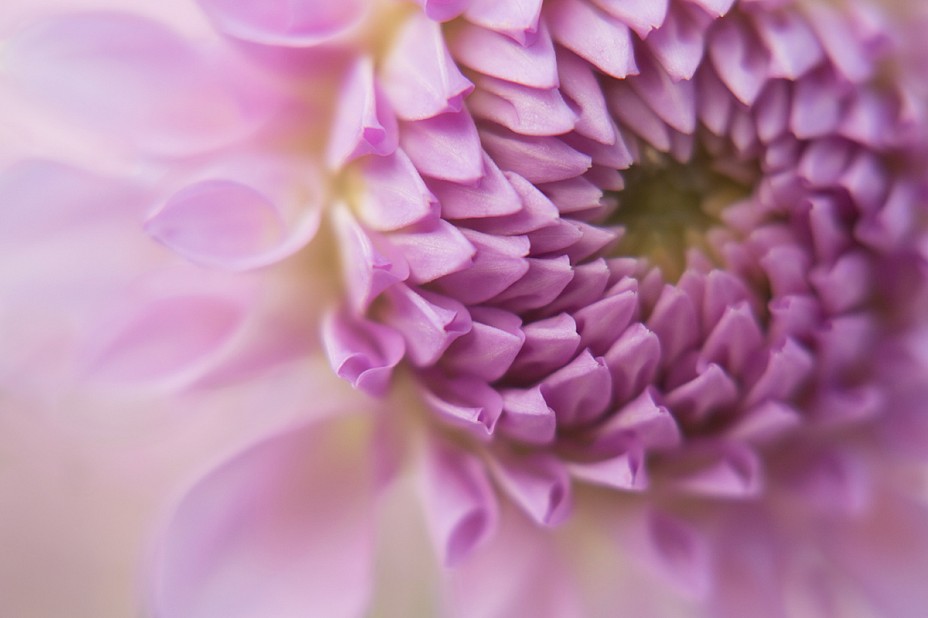
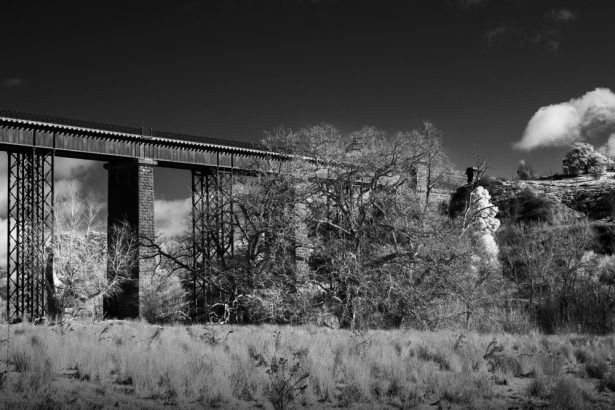
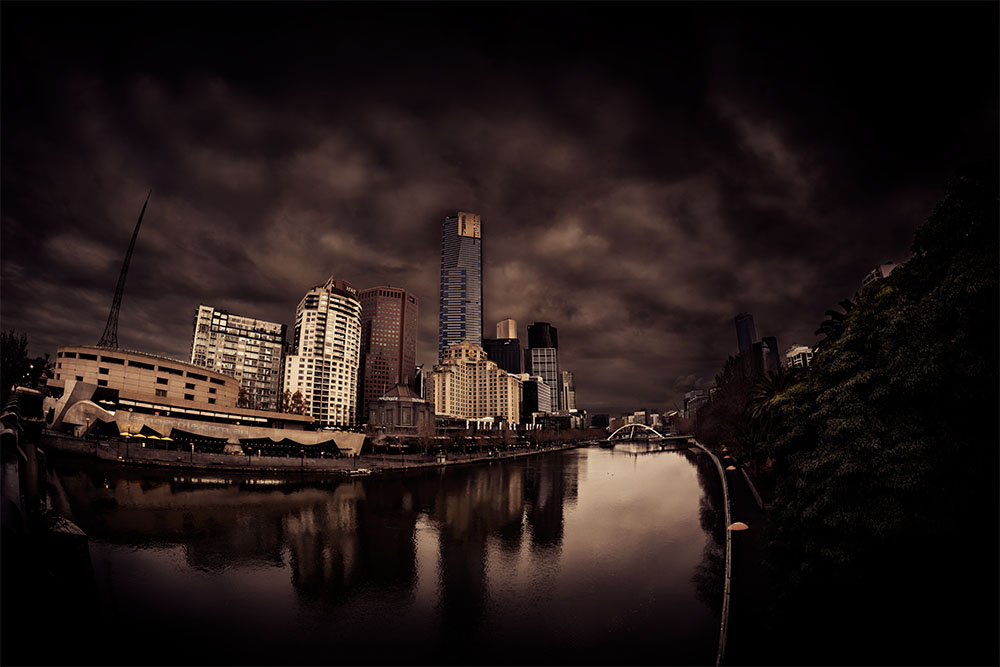
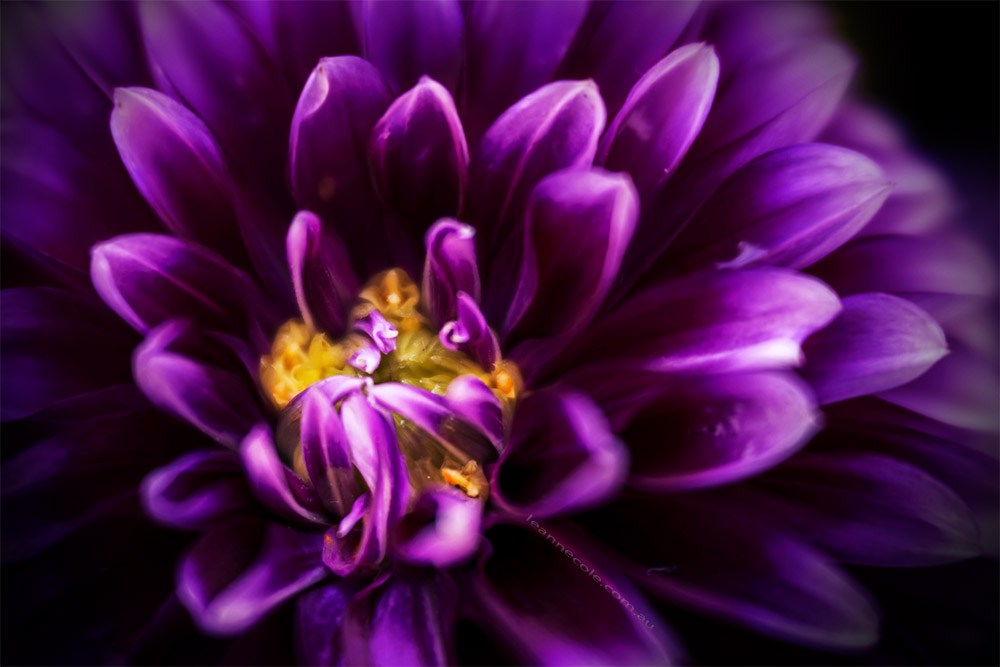
There’s a whole new macro world through your lens .. love the images Leanne 🙂
Thank you Julie, it is quite amazing.
Oh this is great. Thank you, Leanne. Very generous. Love the photos.
Thank you Nicci.
Oh I did delete the other comment so if you want to write it again feel free.
Thanks!!
😀
That is a great tutorial. Thank you Leanne
You’re welcome Geoff, I’m happy to hear you liked it.
Fantastic post, Leanne.
Thank you!
That’s great to hear Lisa, thank you.
For me personally I liked the part on the importance of a small aperture opening to increase the otherwise shallow DOF. Thank you, Leanne!
I think that was the biggest lesson for me, and really surprised me. It didn’t make sense when I started, of course it does now. Thanks Peter.
Thank you. A great idea to reprint and share the article.
Thank you, I’m glad you think so.
Very informative thank you!!
That’s good to hear, thank you.